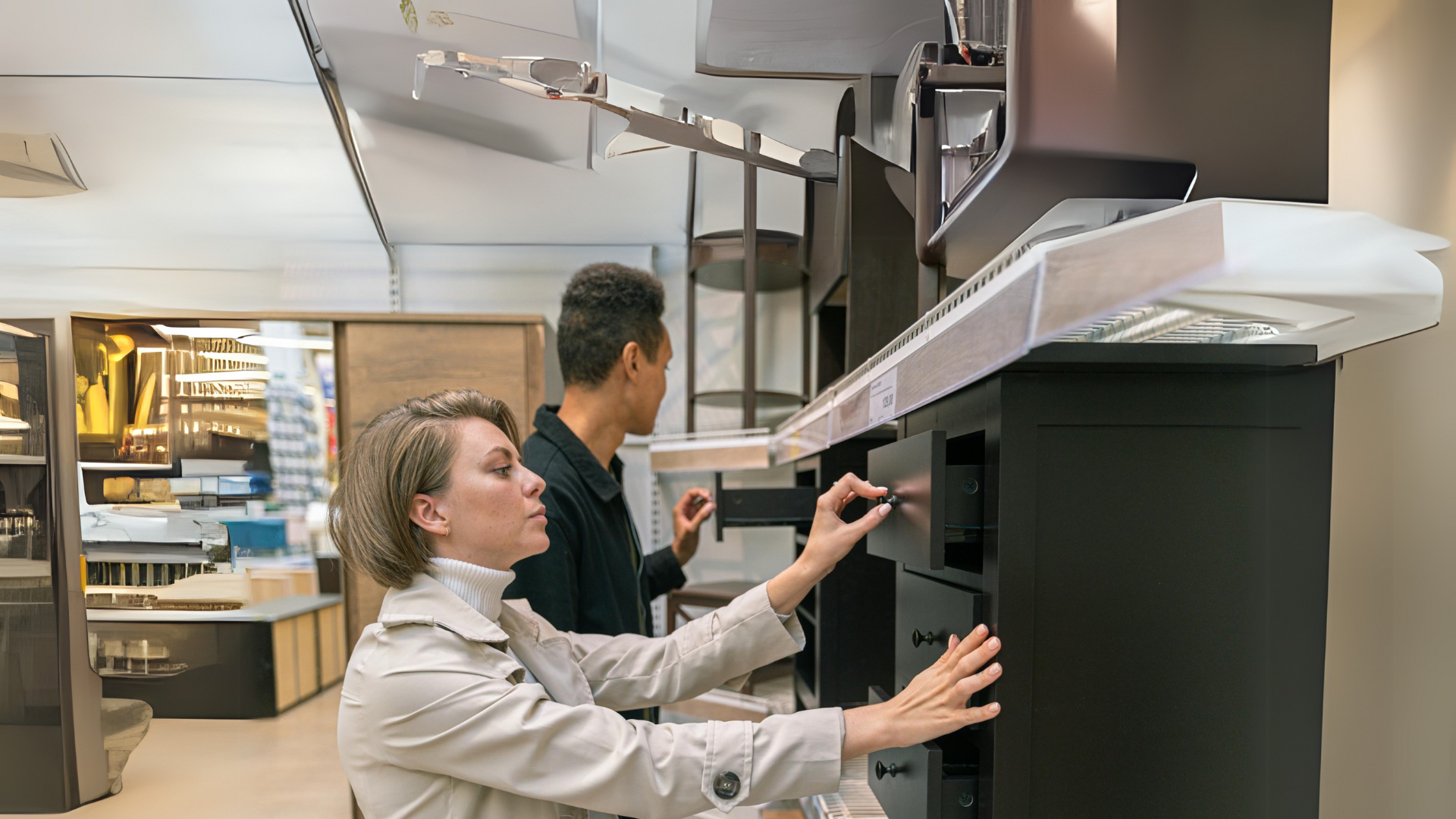7 Sustainable Purchases to Buy for the Long Term
Spend a little more upfront to save money over the long term.
Share:

In today’s world, it can seem easier to purchase replaceable items with a lower upfront cost rather than invest in more expensive products.
However, there are some instances when you can save money over the long run and avoid creating more waste by choosing items that rarely (or never) need to be replaced.
In this article, we take a look at seven items you can save money by purchasing for the long-haul.
LED Lights
While light bulbs may seem like a minimal expense, paying a little more for LED bulbs may in fact save you money over time. In fact, almost eight in 10 (78%) of respondents to Forbright Bank’s 2025 customer survey said they use LED light bulbs to help both their wallet and the environment.
An LED bulb can last 3-5x longer than a CFL bulb, and 30 times longer than an incandescent bulb, according to the U.S. Department of Energy. Not only do LED bulbs need to be replaced less often, but they also use significantly less energy. The average household saves $225 in energy costs per year by using LED lighting.
Durable Bags
Less expensive luggage and backpacks can wear out quickly when used often, but higher quality versions can last for years. For example, if you have kids, it might be fun for them to buy a new backpack featuring a favorite cartoon character each new school year. But you can save money by purchasing a long-lasting backpack for them to use for multiple years. Bonus? You can make it fun by allowing them to decorate with keychains or other backpack accessories.
Let’s break down the math… by purchasing a new backpack every year for $35, you’ll spend $455 from kindergarten through high school (and $560 if they keep up the habit through four years of college). On the other hand, you can spend $120 for a better-quality backpack that can last years.
Bicycle
A nice bicycle may not be cheap, but when well maintained, it can last for years, while potentially cutting down on other costs. Choosing to bike rather than drive can help you reduce transportation and fuel costs, and costs considerably less to maintain when compared to owning a car. And if you’re getting a workout by biking to work or doing errands, you may also eliminate the need to pay for a gym.
According to Buycycle’s Cycling-Commuter Index, a commuter in San Francisco, for example, could save $339.14 per month ($4,069.68 per year) by opting to bike rather than drive to work.
Tech Gadgets
Upgrading your technology periodically may be unavoidable, but you may not need to get a new smartphone every time your carrier says you’re eligible. By taking deliberate care of your smartphone, you can help it last longer and avoid excessive replacements.
For example, according to The New York Times, you can preserve your phone by avoiding extreme temperatures and charging it appropriately, using a screen protector, keeping it clean, and updating the software regularly.
Alternatively, if you replace your smartphone every two years at a price of $1,000, you’ll spend $15,000 over 30 years. However, by stretching your replacement phones to once every five years, you’ll save $9,000 over those three decades.
Cast Iron Cookware
Cast-iron cookware has been around for centuries, and it’s known for longstanding durability. In many families, cast-iron skillets and Dutch ovens become family heirlooms, passed down from one generation to another and continuing to provide years of valuable use.
Because cast-iron pots are made from a single piece of metal with no moving parts, when properly seasoned, they develop a natural, non-stick surface that improves with use.
When you break down the cost, you can purchase nonstick pans for $20 or $30, but they typically will need to be replaced every two or three years. By choosing a cast-iron skillet for $40 to $80 that will last a lifetime, you may save $200 to $450 over 30 years.
Solid Wood Furniture
Much of today’s furniture is made from particle board or engineered wood, which is estimated to last anywhere from five to 10 years, according to DoItYourself.com. If the particle board or engineered wood breaks, it can be difficult to repair, and the furniture will likely need to be replaced.
On the other hand, furniture made from solid wood is sturdier and can be repaired, refinished, and restored multiple times. While solid wood furniture may be more expensive, it can save you money over time because it may last years, if not decades, longer than particle board.
For example, you might spend $1,200 on a solid wood dining table that will last for 30 years. However, if you buy a $300 particleboard table and replace it every five years, you’ll spend an extra $2,100 over that period.
Quality Leather Sofa
Another furniture item that may only need to be bought once is a high-quality leather sofa. Full-grain leather develops a patina and improves with age, and a solidly constructed frame can be reupholstered to fix any wear and tear.
You can purchase a fabric sofa for around $800 and replace it every seven to 10 years. Or you can buy a full-grain leather sofa for about $2,500 and save up to $4,000 over 30 years.
More durable items like these typically offer simple designs with fewer parts, high-quality materials, repairability, and classic styling that won’t look dated. And while the upfront investment is higher, the long-term savings can be substantial while providing environmental benefits of less landfill waste.
Disclaimer: This article is for general information and education only. It should not be considered financial or tax advice.





